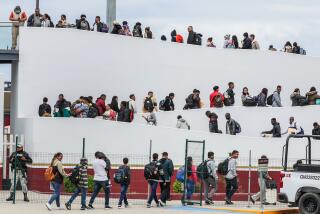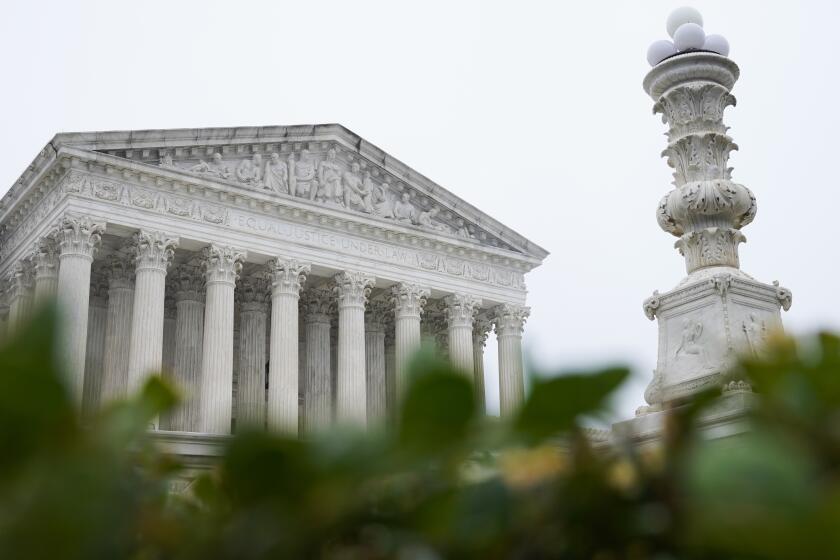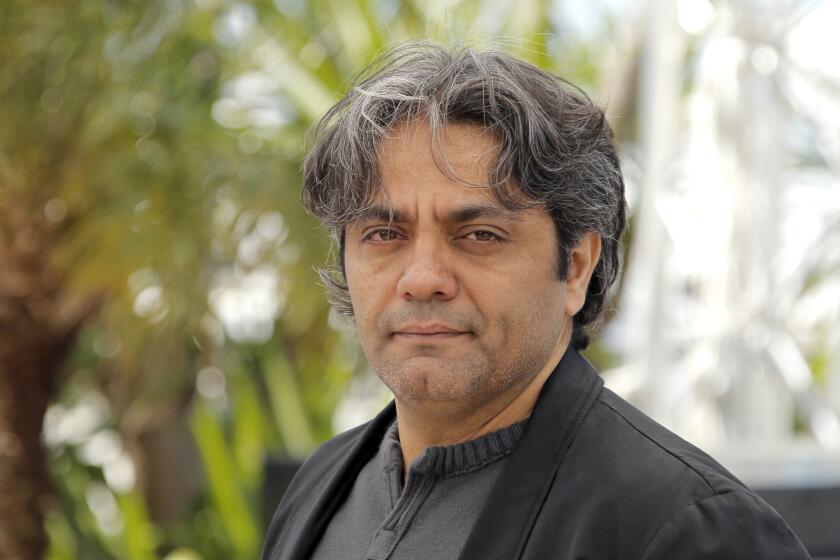Mexico City Acts to Curb Air Pollution : Smog control: But environmentalists are disappointed by the 23-point program that will take effect Dec. 1.
On the eve of what promises to be one of the smoggiest winters ever for this contaminated city, government officials on Thursday announced additional anti-pollution measures that environmentalists termed disappointing.
A 23-point program, ranging from burning cleaner fuels, to changing school schedules, to putting government messengers on bicycles, will take effect Dec. 1, said Mexico City Mayor Manuel Camacho Solis. Additional restrictions will be applied during three stages of smog alerts, with the most extreme level calling for a virtual shutdown of the city.
The program, developed with the advice of international experts, including the Southern California Air Quality Management District, was announced as the season’s first nippy days produced thermal inversions that sent the government’s air-pollution index soaring.
Camacho announced progress on decreasing emissions of sulfur dioxide and lead, which on Thursday was more than double acceptable levels in some parts of the city.
He acknowledged that ozone remains a problem in this mile-high, mountain-edged city whose 16 million people produce one-third of Mexico’s goods and services, the equivalent of Venezuela’s national output.
“Under these conditions, in the short term, there cannot be spectacular solutions in ozone,” Camacho said.
However, environmentalists said the government could have taken stronger steps toward restricting the major source of ozone: gasoline-burning cars.
The government already assigns motorists one weekday when they must leave their cars at home. That reduces the number of cars on the road by 20%.
“We would have liked the number of cars reduced 30%,” said Homero Ardjis, president of the Group of 100, an organization of intellectuals concerned about the environment.
That would have required a second day without a car.
Camacho said in a telephone interview that 63% of the city residents, including people who do not drive, opposed that idea, according to a recent survey.
“We prefer to save that measure for when it is really needed, during an emergency,” such as a second-stage smog alert, he said.
Environmentalists praised the government-mandated switch from fuel oil to gas oil, an industrial fuel that became available here in June and which has one-third less sulfur dioxide and half as many suspended particles as fuel oil.
However, gas oil is considerably more expensive to produce than fuel oil because it requires more refining, especially when produced from the thick, sulfur-laden crude available domestically in Mexico, said Dennis G. Bernhart, group executive in charge of oil and gas at the Irvine-based engineering and construction company of Fluor Daniel Inc.
“Mexico is starting to pay the economic price to clean up the environment,” he said.
More to Read
Start your day right
Sign up for Essential California for news, features and recommendations from the L.A. Times and beyond in your inbox six days a week.
You may occasionally receive promotional content from the Los Angeles Times.






